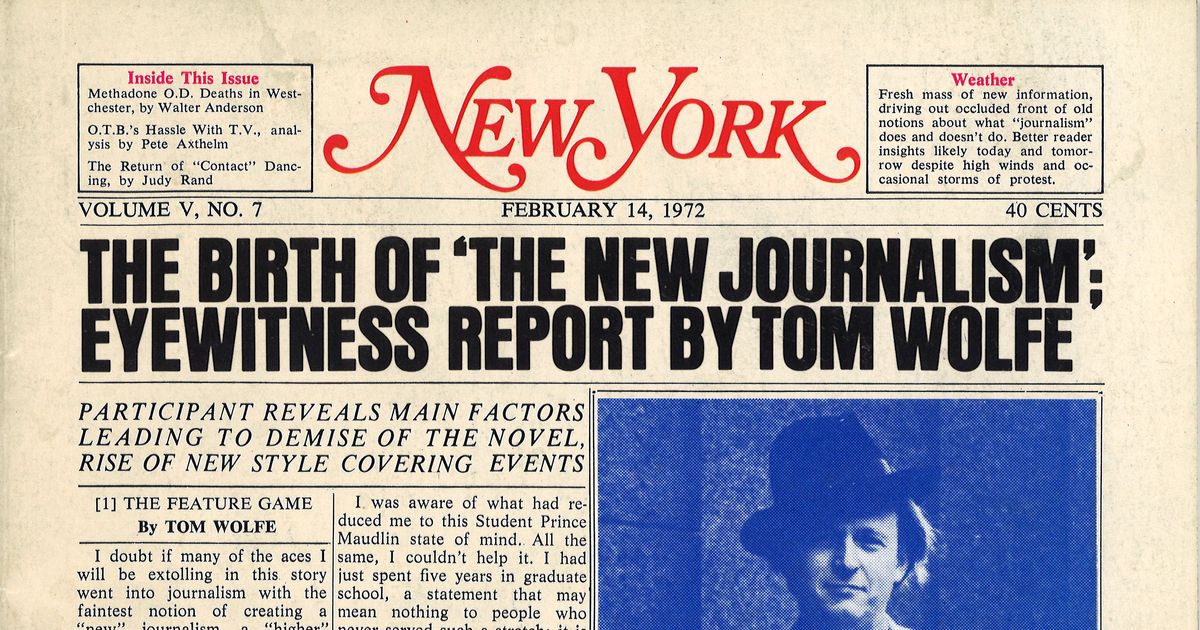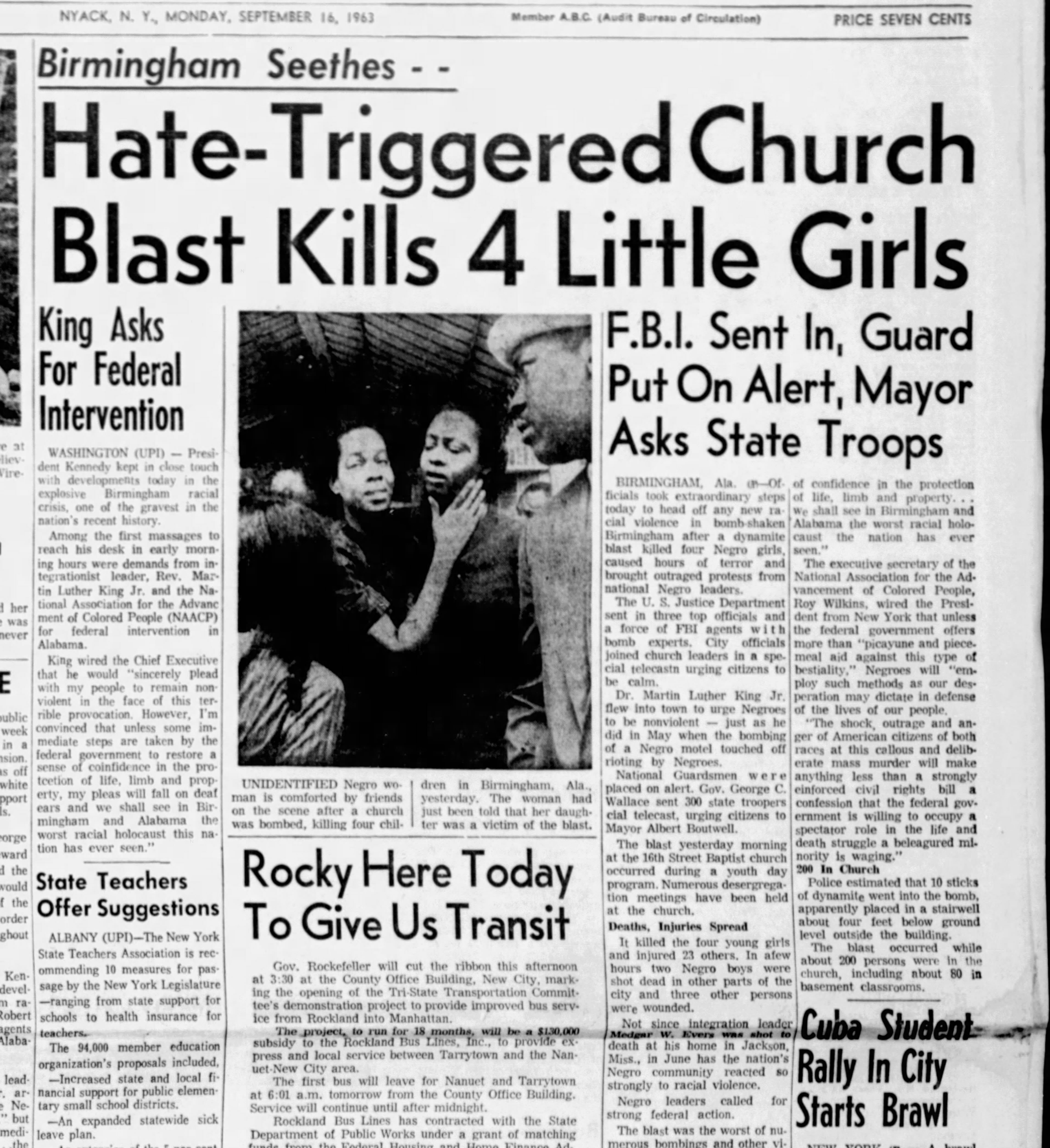The 8-Minute Rule for News Articles
The 8-Minute Rule for News Articles
Blog Article
What Does News Articles Do?
Table of ContentsThe Ultimate Guide To News ArticlesThe Greatest Guide To News ArticlesThe 20-Second Trick For News ArticlesThe Best Strategy To Use For News ArticlesThe 3-Minute Rule for News Articles
Excellent understanding of different topics gives trainees an affordable edge over their peers. Although digital and social media are readily available, we should not neglect exactly how crucial it is to check out the papers. Moms and dads have to attempt and inculcate the habit of checking out a paper as an everyday routine to continue the legacy of the adored print medium.News stories likewise have a minimum of among the adhering to essential characteristics about the intended audience: closeness, prominence, timeliness, human passion, oddity, or consequence. The related term journalese is in some cases made use of, generally pejoratively, to refer to news-style writing. One more is headlinese. Newspapers usually stick to an expository writing style.
Within these restrictions, newspaper article additionally aim to be thorough. Other factors are involved, some stylistic and some acquired from the media form. Amongst the bigger and a lot more revered papers, justness and equilibrium is a major consider presenting details. Commentary is usually constrained to a different area, though each paper may have a various total slant.
Newspapers with a global target market, for instance, often tend to make use of a much more formal style of writing. News Articles.; typical design overviews consist of the and the US News Style Book.
More About News Articles
As a regulation, reporters will not use a long word when a short one will certainly do. They utilize subject-verb-object building and construction and dazzling, energetic prose (see Grammar). They use narratives, instances and metaphors, and they hardly ever rely on generalizations or abstract ideas. Information writers try to stay clear of making use of the very same word more than as soon as in a paragraph (in some cases called an "resemble" or "word mirror").
Headings often leave out the subject (e.g., "Leaps From Boat, Catches in Wheel") or verb (e.g., "Feline female fortunate"). A subhead (likewise subhed, sub-headline, subheading, subtitle, deck or dek) can be either a secondary title under the main headline, or the heading of a subsection of the article. It is a heading that comes before the major message, or a group of paragraphs of the main message.

Additional signboards of any of these kinds may appear later in the short article (especially on succeeding web pages) to lure further analysis. Such signboards are also utilized as tips to the short article in this post other sections of the publication or site, or as advertisements for the piece in various other magazine or websites. Common structure with title, lead paragraph (summary in strong), other paragraphs (information) and contact details.

Instance of a hard-lead paragraph NASA is proposing another room task. The budget plan requests roughly $10 billion for the task.
The NASA statement came as the firm asked for $10 billion of appropriations for the job. An "off-lead" is the second essential front web page news of look at here now the day. The off-lead shows up either in the leading left corner, or directly listed below the lead on the right. To "bury the lead" is to start the write-up with background information or information of additional relevance to the viewers, requiring them to learn more deeply into a write-up than they ought to have to in order to discover the crucial factors.
Getting My News Articles To Work
Usual usage is that a person or 2 sentences each create their own paragraph. Journalists typically explain the company or structure of a news tale as an inverted pyramid. The essential and most interesting aspects of a tale are placed at the beginning, with supporting details adhering to in order of reducing relevance.
It allows people to check out a subject to only the depth that their inquisitiveness takes them, and without the imposition of information or subtleties that they could think about unimportant, yet still making that info offered to more interested visitors. The upside down pyramid framework also makes it possible for articles to be cut to any kind of approximate length during format, to fit in the area available.
Some writers start their stories with the "1-2-3 lead", yet there are lots of kinds of lead readily available. This layout inevitably starts with a "5 Ws" opening up paragraph (as described over), followed by an indirect quote that offers to support a significant component of the initial paragraph, and then a straight quote to support the indirect quote. [] A kicker can refer to numerous points: The last tale current program; a "delighted" tale to end the program.
Longer write-ups, such as publication cover articles and the pieces that lead the inside areas of a paper, are known as. Feature tales vary from straight information in a number of methods. Foremost is the absence of a straight-news lead, many of the time. Rather than offering the significance of a story up front, feature writers may attempt to lure readers in.
The Ultimate Guide To News Articles
A feature's initial paragraphs commonly associate an interesting moment or occasion, as in an "anecdotal lead". From the particulars of a person or episode, its view quickly widens to generalizations concerning the story's learn this here now subject.

The Editor's Toolbox: A Reference Guide for Beginners and Professionals (2001) Allan M. Siegal and William G. Connolly. The New York City Times Manual of Design and Use: The Official Design Guide Utilized by the Writers and Editors of the World's Many Reliable Paper (2002) M. L. Stein, Susan Paterno, and R.
Report this page